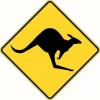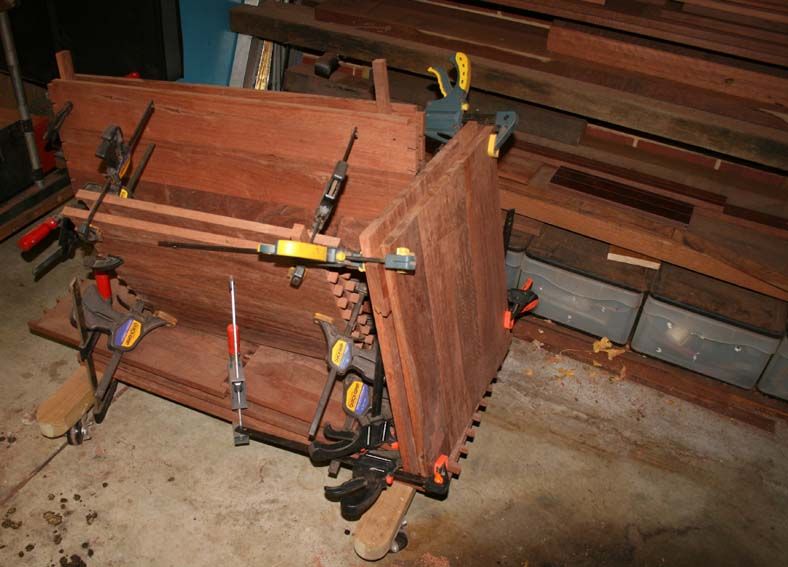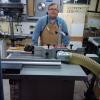Milled some poplar for drawer stock. It is recommended to sticker and weight thin stock for a couple of days after milling to prevent warpage. Usually I just stack the pieces on my flat workbench and put a weight on top. But it clutters my bench. I work in my basement and do not know of any other flat surface. My basement floor is not flat - it is the typical poured concrete. I never sticker my lumber because I do not have a flat surface to begin with. How can I sticker my drawer stock or other lumber for that matter without a flat surface?





 Reply With Quote
Reply With Quote









